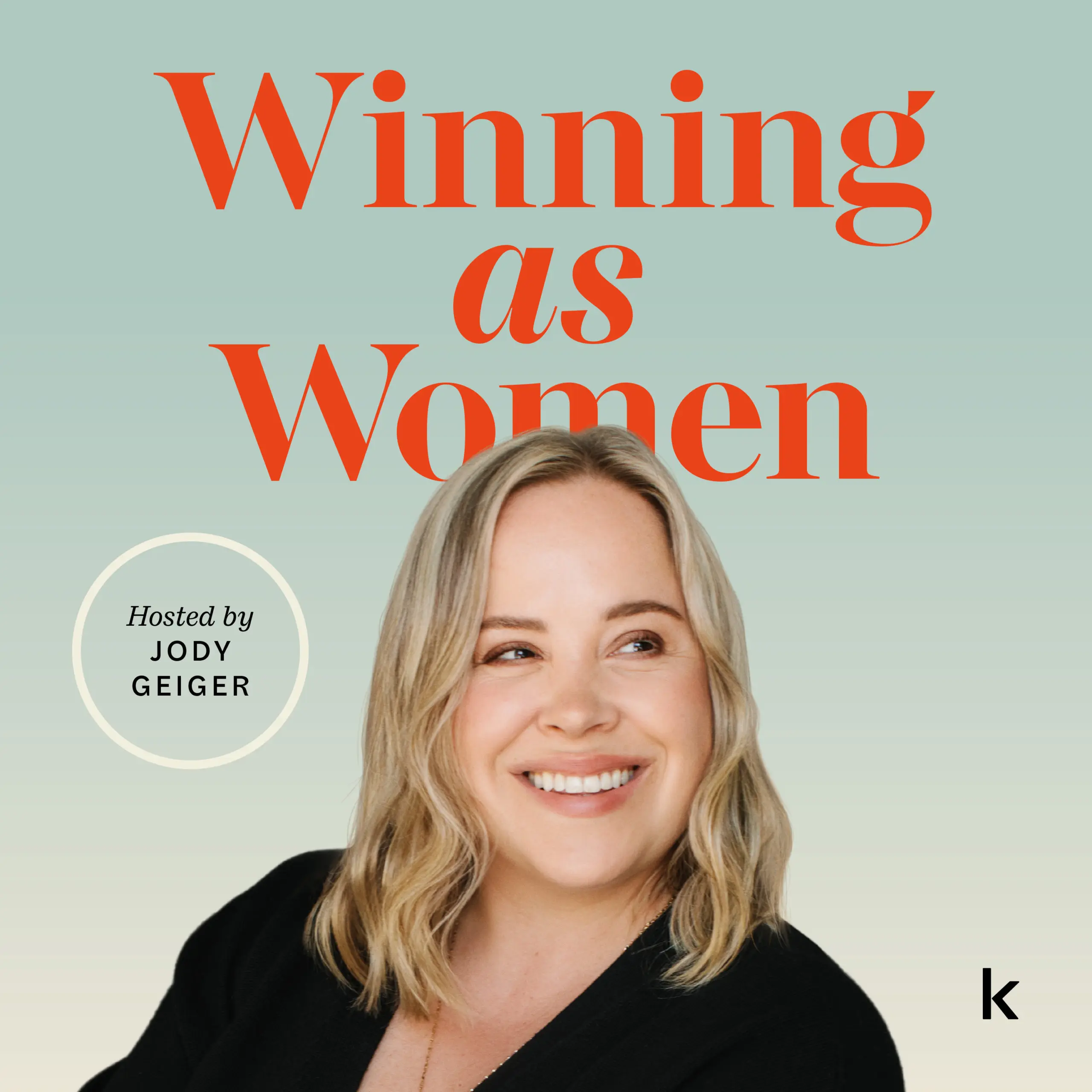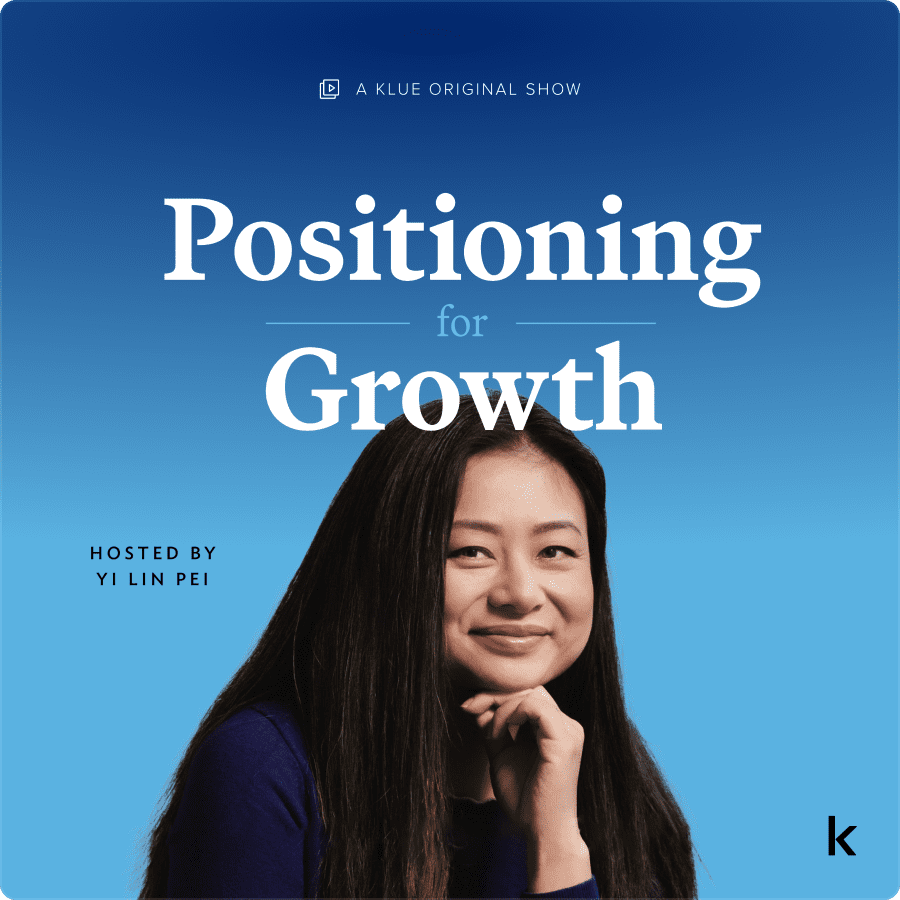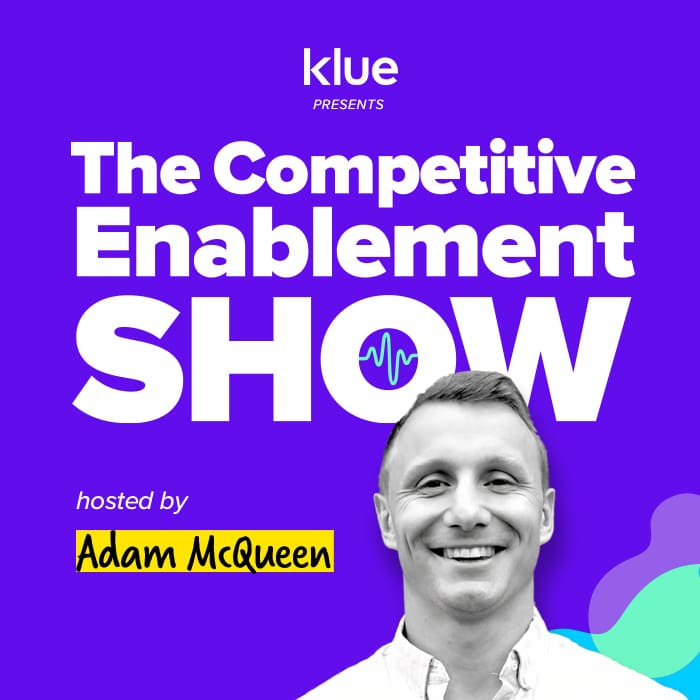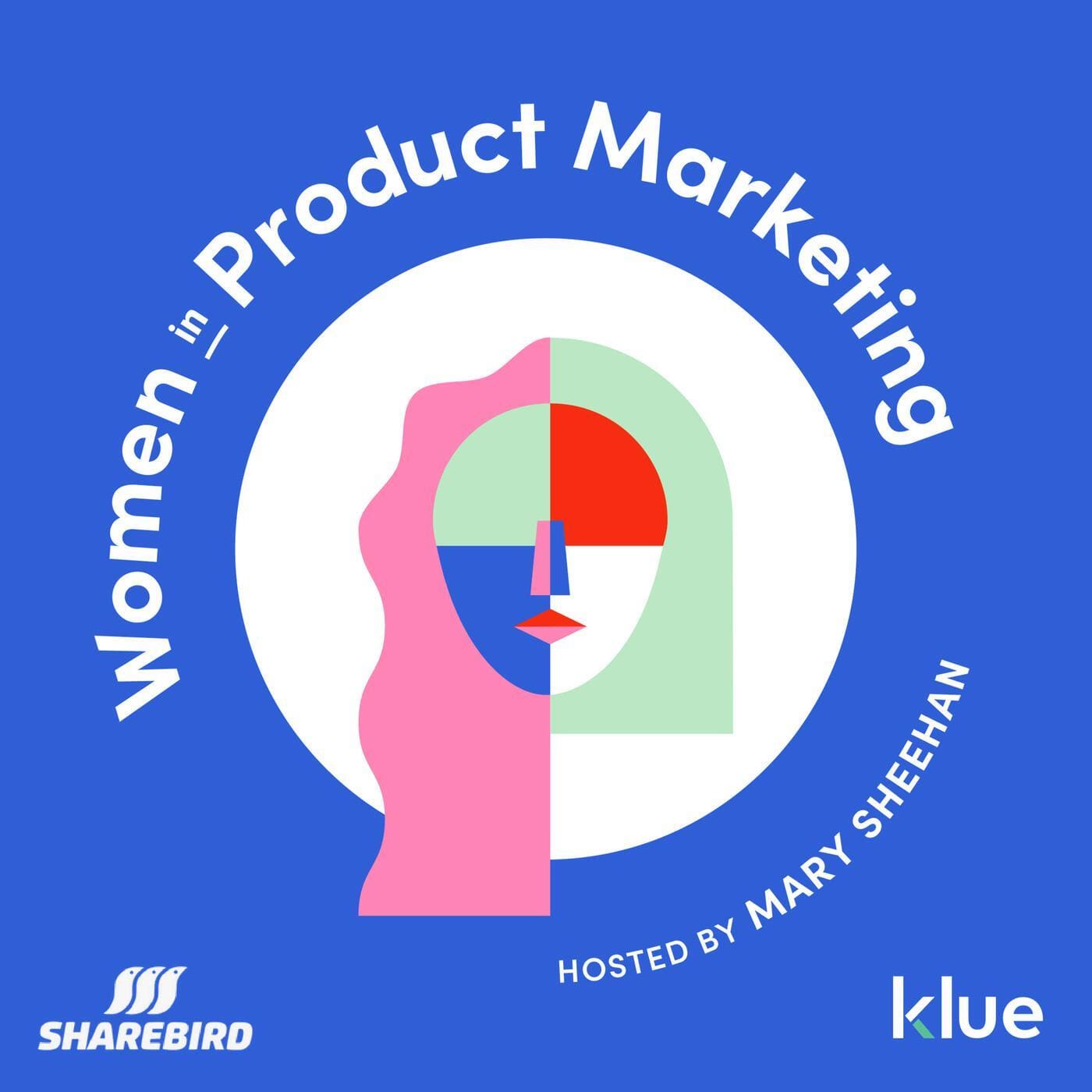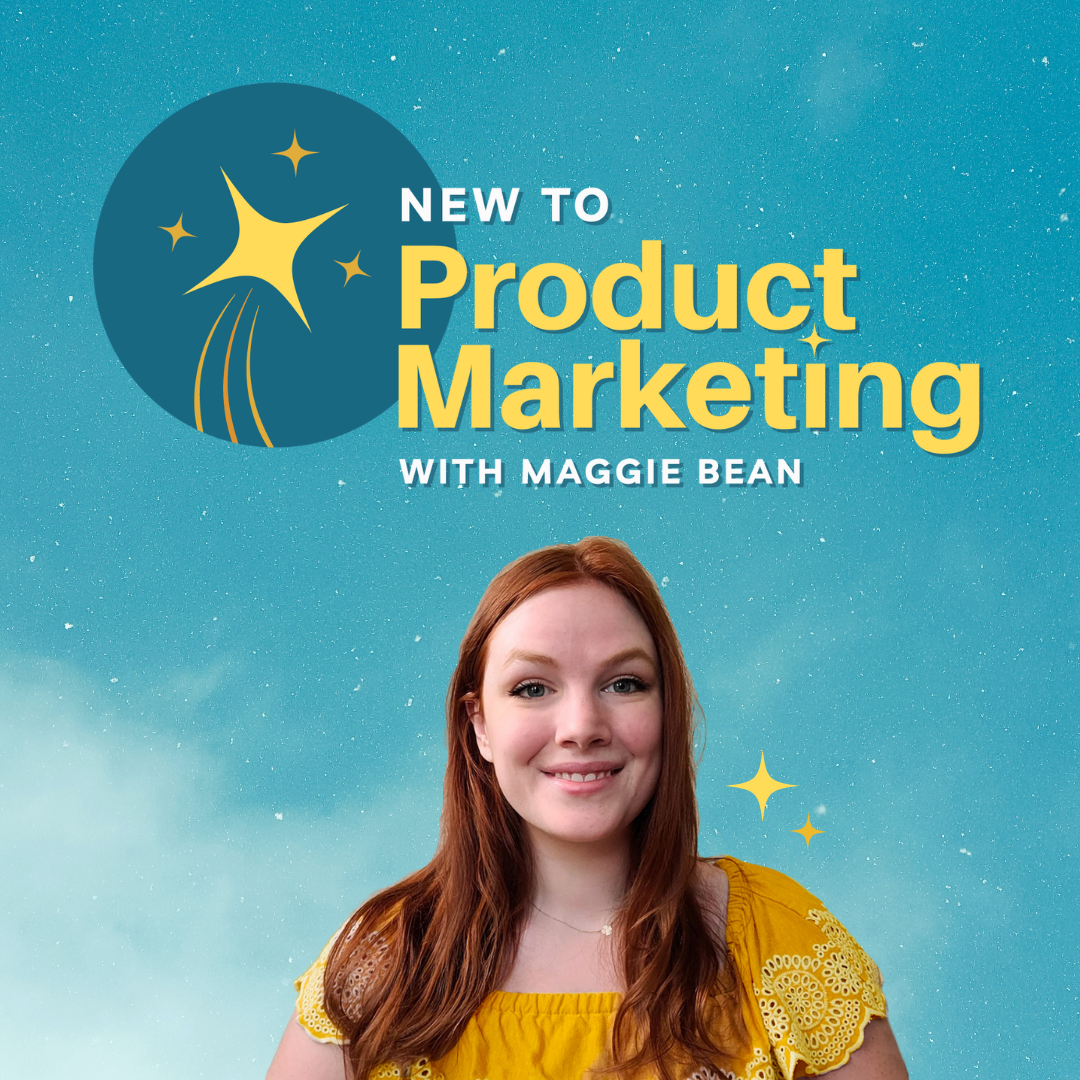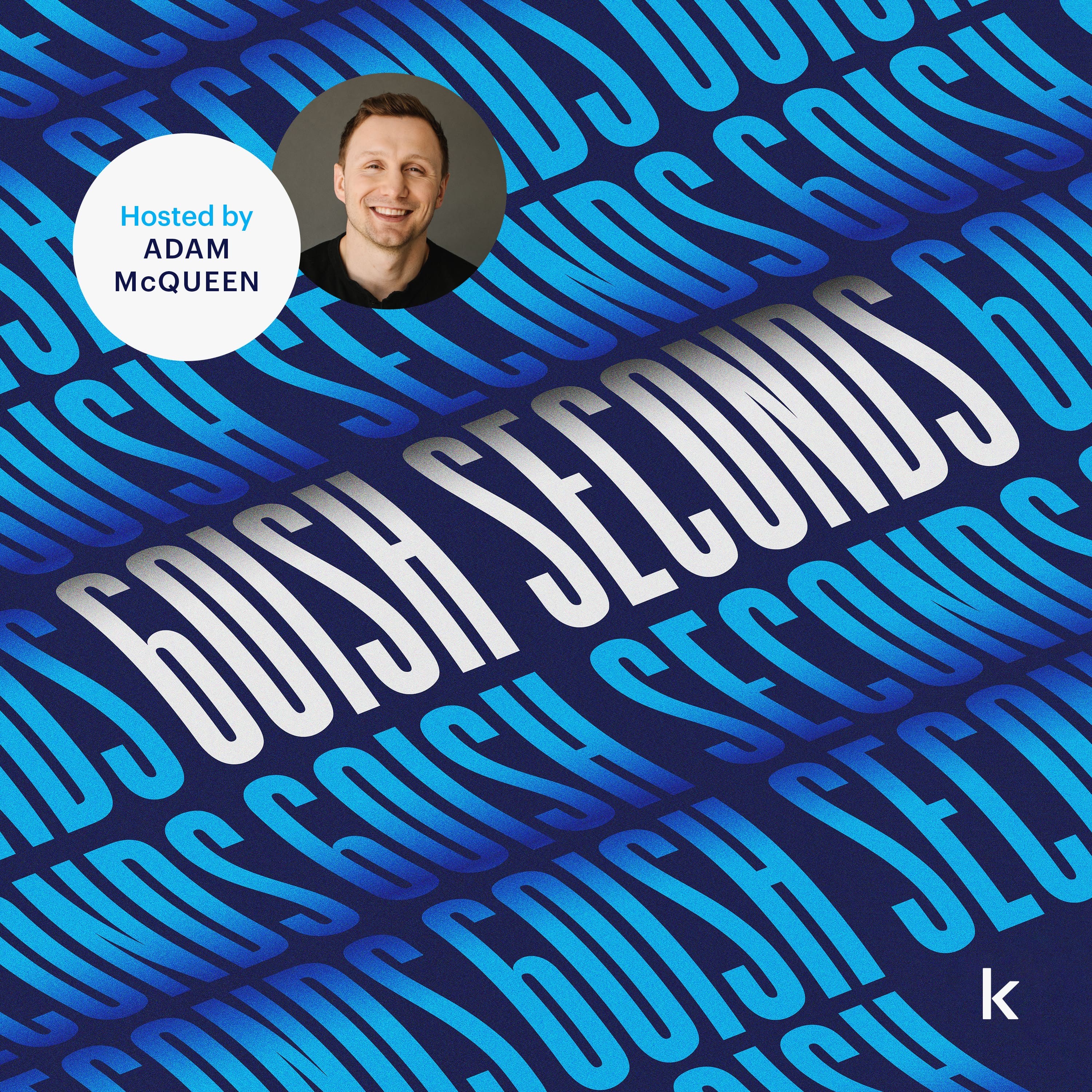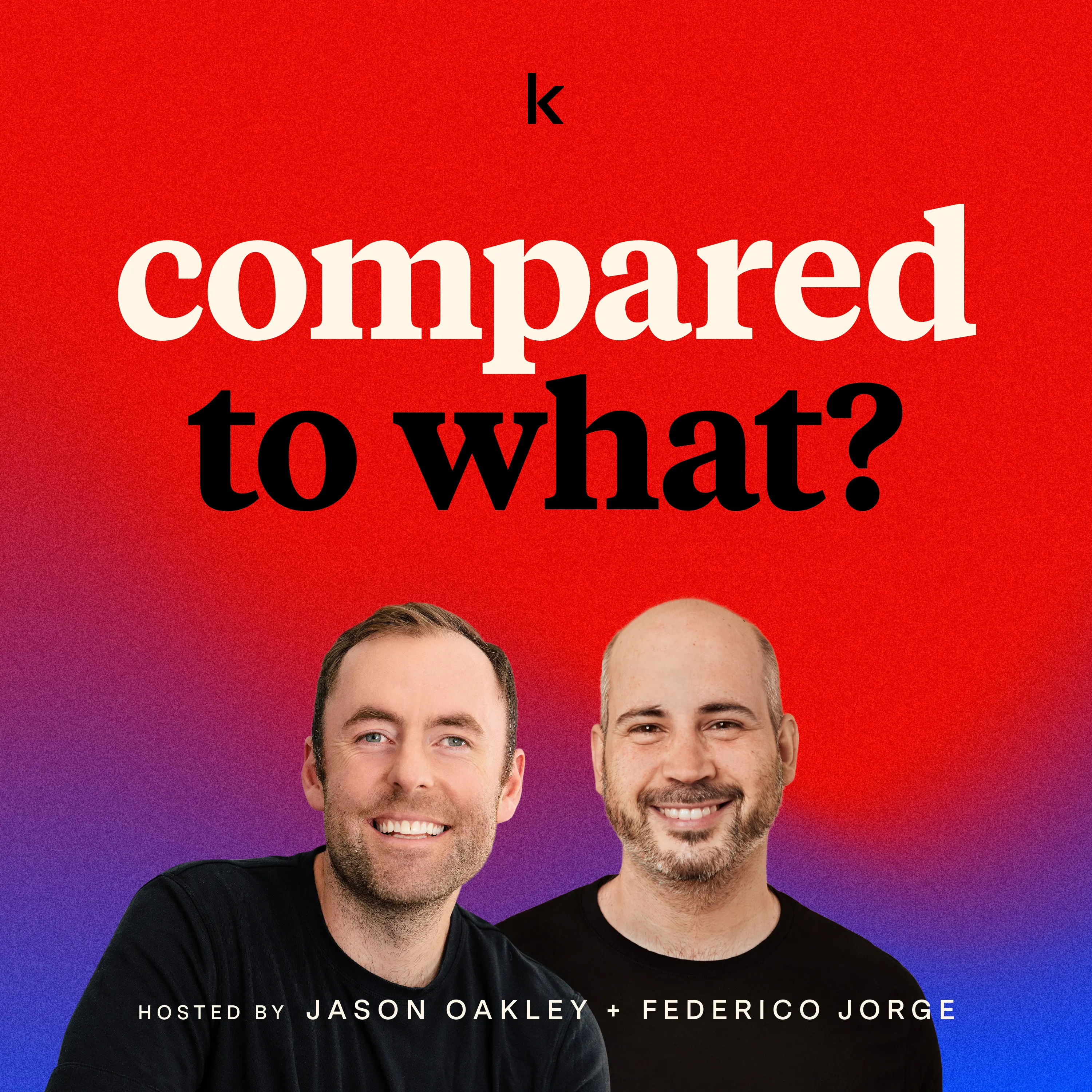Competing and Winning in a Recession
CEO and Co-Founder at Dooly Kris Hartvigsen and CEO and Co-Founder at Klue Jason Smith join Adam for a deep conversation into what it takes to compete and win in recessionary times.
️♀️ You need to understand your buyer — and your competitors — more than ever ️♀️
“You need to do your homework ahead of time to understand the first move on the chessboard that you’re likely to see from others around you.”
Understand your buyer; understand your competition.
Valuable advice in positive economic climates. Absolutely essential and vital advice when times are tough.
With every CFO on planet earth looking to trim fat, your team needs to work harder and smarter to prove your value and win more deals. And guess what — your competitors are doing the same thing.
Understanding your buyer
As Kris puts it, “You really need to understand the pains and challenges of your buyer a lot better — maybe be a bit more researched — given that there’s going to be more heat in all of those deals with more people chasing less pie.”
There are still deals to win in the current economic environment.
Some companies will — and have — shed a large part of their workforce and retracted. Others will freeze and stay in place. But there are companies, like Notion for instance, that continue to grow.
But in order for sellers to close deals with those expanding companies, it will require an extra effort to understand the nuances of the companies they’re selling to.
“They’re going to buy from the person they trust and the person they like. That person is likely the one that came to the table the most prepared and the most empathetic to your challenges and the most understanding of where you sit in the world,” says Kris.
Understanding your competition
With volatility in the economy comes volatility in your competition.
You should expect your competitors to become more aggressive in their messaging, offerings, and even their pricing.
That’s why, in addition to deepening your knowledge of the buyer, organizations need to enable their revenue teams to get out ahead of the competition, so they don’t get blindsided by your competitors’ new tactics.
“You’ve got to figure out how to navigate around it. So that’s equipping folks with the right information so they can outmaneuver when the competitor is getting way more aggressive,” says Jason.
Tl; Dr
- Sellers need to do more research to better understand buyers and empathize with their pain points
- Organizations need to be actively sharing intel on aggressive moves (pricing, messaging) competitors are making to avoid getting blindsided.
- Revenue teams need to be enabled with the right intel and messaging to outmaneuver the competition in competitive deals.


Companies need to be better at clearly communicating ROI
“There needs to be clear ROI. There needs to be a much closer proof point to how this is going to generate revenue or save costs.”
Everyone tolerates greater risks in times of plenty.
But companies who took a flyer on a cool new toy or tech two years ago now require more certainty around how your product generates or saves money.
Jason says the narratives he’s seeing from companies pitching Klue have markedly shifted towards a clearer link to ROI.
The same is true for Kris and the rest of the team at Dooly. “Those emails have shifted from ‘I’ve got this cool thing’ to ‘I can save you money or this is how I can make you money’ and there’s more percentage proof points there.”
What’s more, while a seller might only have had to convince a junior sales manager or finance person a year ago, those key stakeholders are now directors of sales and CFOs.
As a result, sellers need to adjust and communicate a different message to those different stakeholders.
“You need to be able to talk a slightly different story when you’re talking to those people because they have different drivers for themselves.”
Tl; Dr
- Companies can no longer risk buying a new product and hoping it works out.
- Messaging needs to make clearer and more powerful links to revenue generation or savings.
- Sellers need to be able to tailor their messaging to convince more senior stakeholders.
⚔️ Defending existing revenue is just as important as winning new business ⚔️
“It’s okay to lose. It’s not okay to lose when you should have won.“
A wise man (it was Kris) once said that if you’re not losing deals then you’re not in enough of them.
The same can be said for customer churn. If you have a lot of clients, some accounts will inevitably be lost.
But while losing an account because your client had to significantly cut costs by eliminating a chunk of their workforce or slice of their tech stack is tolerable, losing an account to a competitor is not.
As Kris puts it, “You should know well in advance because your competitors are probably prospecting your accounts three months, eight months before your renewal is up.”
One way to do this is by fostering a healthy post-sale relationship. By being in open and honest conversation with your client, your CSMs can pick up on intel from your client.
For instance, you might catch wind that your client’s CRO is considering switching to a competitor.
Another way to stay on top of churn risks is by monitoring adoption and usage metrics. If a once-religious fan of your product is beginning to use it less and less, take that as your cue to start digging into potential causes.
Of course, intel that lives in silos and is void of insights is meaningless.
Your organization needs to understand where to look for intel, how to draw out the insights, and how to centralize and share them widely with the right teams.
In good times, this was the difference between meeting revenue targets or exceeding them.
Now, properly enabling your team with competitive intel is the difference between making it to the next quarter and becoming a distant memory.
Tl; Dr
- Expect your competitors to be prospecting into your accounts 3-9 months before renewal.
- Foster a healthy post-sales relationship to catch wind of potential churn risks.
- Monitor usage and adoption decreases and flag them quickly.


NEWSLETTER

Competitive strategies in five minutes or less. Straight to your inbox.
The official newsletter of The Compete Network with the best compete content from Klue, our customers, and compete experts from around the industry. Coffee & Compete's got you covered.

